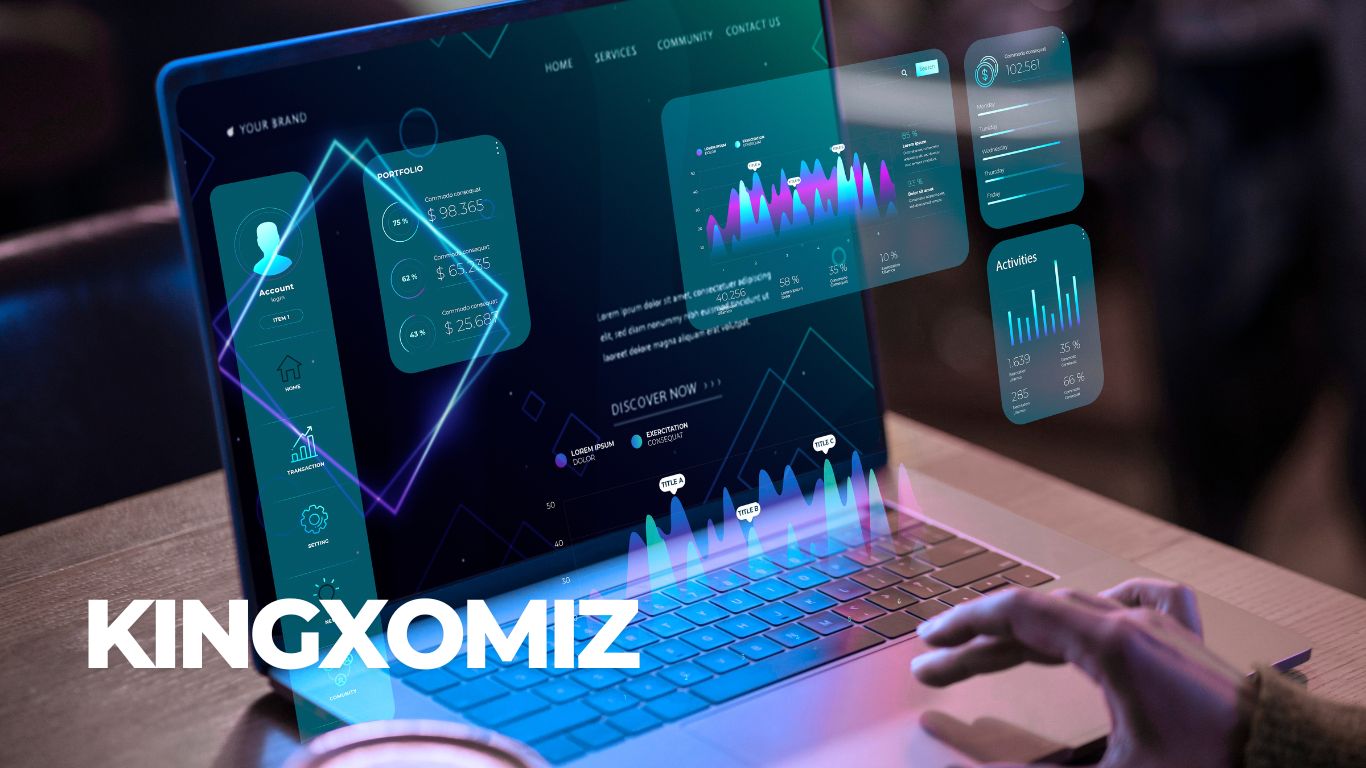In today’s digital world, effective communication is at the core of nonprofit success-especially when developing and sustaining relationships with donors, volunteers, and those they serve. Email marketing affords nonprofits a direct, cost-effective way to communicate with these vital audiences. The challenge usually lies in how to break through the noise and get your messages in front of the right eyes to be heard, read, and incite action.
Why Email Marketing Matters to Nonprofits
Email marketing is not only about sending a newsletter; it is a strategic means that could stir up immense engagement and support for the nonprofit organization. With proper utilization, non profit email marketing can promote deeper donor engagement, amplify fundraising success, and heighten event participation. Such marketing enables the organization to convey its stories into the supporters’ inboxes, making the channel mighty for storytelling and sharing impacts.
Tailoring Email Strategies to Nonprofit Needs
By tailoring their strategy toward specific goals like donor retention, volunteer recruitment, and advocacy campaigns,email marketing nonprofits can unlock the full potential of email marketing. Such methods require understanding the unique preferences and behaviors of the email recipients, segmenting audiences for personalization, and generating compelling and actionable messages.
This article will outline some key strategies and tips to help you optimize your email marketing efforts. From truly understanding your audience to advanced personalization and automation techniques, these insights will position your nonprofit to reach, engage, and inspire your community effectively. Let’s dive in and see how you can transform your email marketing approach to drive actual results for your nonprofit organization.
Developing an Effective Email Marketing Strategy for Nonprofits
Email marketing is a pivotal tool for fundraising, volunteer recruitment, and general awareness campaigns for nonprofits, particularly charities.
Understanding Your Audience
The first step in any successful email marketing strategy is to understand your audience and what they care about. For charities, this means identifying different segments within their donor base and tailoring messages that resonate with each group’s interests and motivations.
- Donor Segmentation: Classify your email list into segments such as recurring donors, occasional givers, and potential donors. This segmentation allows for more targeted and relevant communications.
- Behavioral Insights: Analyze past interactions to understand preferences and behaviors. This data can help tailor campaigns that speak directly to your audience’s interests, increasing engagement and response rates.
Crafting Compelling Content
Once you understand your audience, the next step is to craft content that informs and inspires action.
- Storytelling: Use real stories about the people or causes your charity supports to create an emotional connection. Narratives that showcase success stories or illustrate the impact of donations can be particularly compelling.
- Clear Calls to Action: Every email should have a clear and persuasive call to action (CTA) that guides readers to what to do next, whether donating, registering for an event, or volunteering.
Utilizing the Right Tools: HTML Email Editors
Utilizing an HTML email editor is crucial to ensuring that your emails are not only compelling but also visually appealing and functional across all devices. These editors allow marketers to create rich, engaging emails with advanced styling and responsive design without needing in-depth coding knowledge.
- Advantages of HTML Email Editors:
- Customizable Templates: Many HTML email editors offer a range of templates that can be customized to fit your brand’s style and messaging needs.
- Responsive Design: Ensure your emails look great on desktop and mobile devices, which is essential as more people use their phones to read emails.
- Integration Capabilities: Advanced editors integrate seamlessly with CRM systems, enabling you to automatically insert personal details and track the effectiveness of each campaign.
Enhancing Engagement and Retention Through Emails
While a crucial aspect, nonprofit e-marketing is done to improve engagement and retention. This section explores practical nonprofit email marketing tips and best practices to ensure that your messages will be read and heard and that you will take action that drives continued and further engagement/support.
Personalization and Audience Segmentation
Deepening Connections Through Personalization:
- Tailored Content: Use data insights to personalize content based on the donor’s previous interactions, donation history, and personal preferences. Personalized emails feel more relevant to the recipient and can significantly increase engagement rates.
- Segmentation Strategies: Divide your email list into more specific groups, such as major donors, regular volunteers, and event attendees. This allows for more targeted communications that are particular to the interests and relationship of the group with your nonprofit.
Practical Example: A nonprofit dedicated to wildlife conservation sends out different email versions to those who have donated towards specific projects versus general supporters, with content tailored to show the direct impact of their particular contributions.
Implementing Automation to Improve Engagement
Streamlining Communication with Automation:
- Welcome Series: Automatically send welcome emails to new subscribers that educate them about your mission, show them how to get involved, and encourage their first donation.
- Engagement Triggers: Set up emails triggered by a subscriber’s actions, such as thanking them after a donation or sending a follow-up email if they attended an event.
Automation Example: A community arts nonprofit uses automated emails to send a personalized thank-you video message from the program director to donors immediately after they contribute.
Nonprofit Email Marketing best practices
Key Strategies for Maximum Impact:
- Consistent Communication: Maintain regular contact with your subscribers without overwhelming them. A consistent emailing schedule keeps your email marketing for nonprofit top-of-mind and can help build a routine around reading your updates.
- Optimizing for Mobile: With most emails now being opened on mobile devices, ensure your email design is responsive and looks good on various screens.
- Testing and Analytics: Continuously test different aspects of your emails, from subject lines to call-to-action placements. Use analytics to track what works best and refine your approach based on accurate data.
Best Practice Example: A nonprofit focusing on adult education conducted A/B testing for email subject lines, which led to a 20% increase in open rates. This demonstrates the power of refining tactics based on analytics.
Maximizing Impact Through Strategic Email Marketing in Nonprofits
As we conclude our exploration into effective email marketing strategies for nonprofits, it’s clear that mastering this digital communication tool is more crucial than ever. By implementing the techniques discussed, nonprofits can significantly enhance their outreach and engagement efforts, driving more significant impact and support for their causes.
Summarizing Key Strategies:
- Audience Understanding and Segmentation: Tailoring your message to meet the specific interests and needs of different audience segments ensures that your communications are relevant and engaging.
- Content Personalization and Automation: Leveraging automation tools to send personalized messages at a scale saves time and boosts engagement by making each communication feel thoughtful and timely.
- Consistent and Optimized Messaging: Regular, well-designed emails optimized for mobile viewing ensure your messages are always welcome in your subscribers’ inboxes.
- Measurement and Adaptation: Continuous monitoring and adaptation based on performance metrics allow you to constantly improve your email strategies, ensuring that your efforts yield the best results.
Implementing These Insights:
Nonprofits looking to enhance their email marketing campaigns should start by investing in a good CRM and email marketing platform for detailed analytics and automated workflows. Training your team to understand and utilize data effectively can transform your email campaigns from generic broadcasts to robust donor engagement and retention tools.






